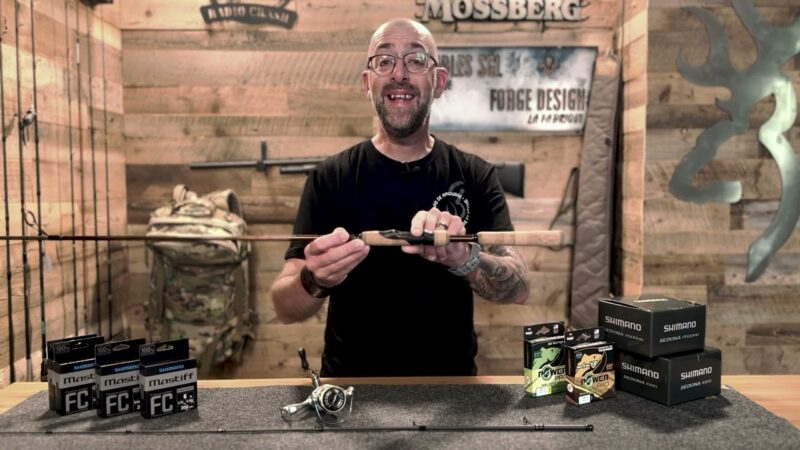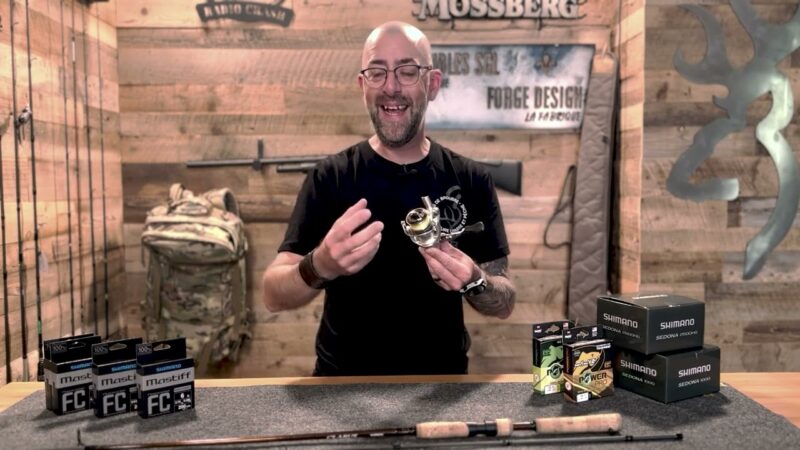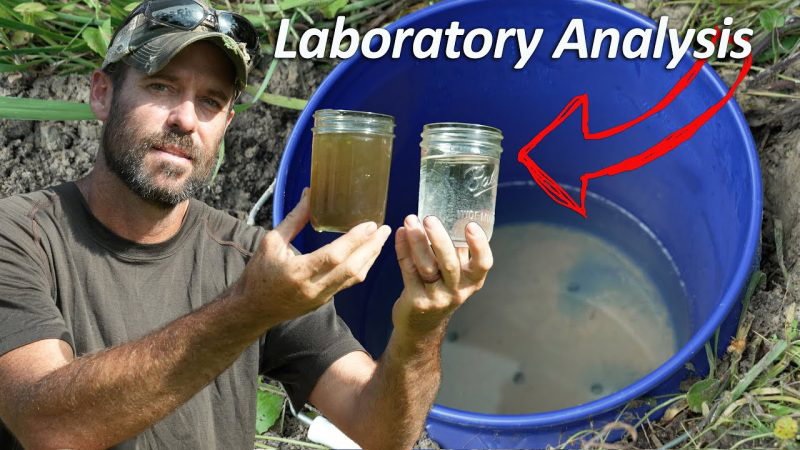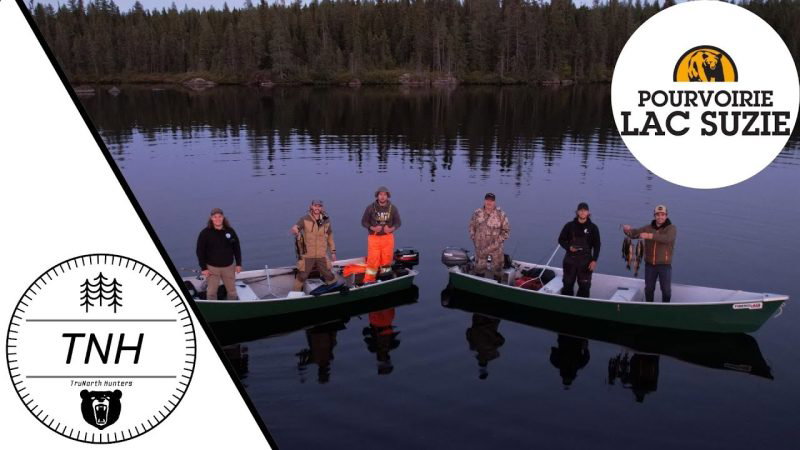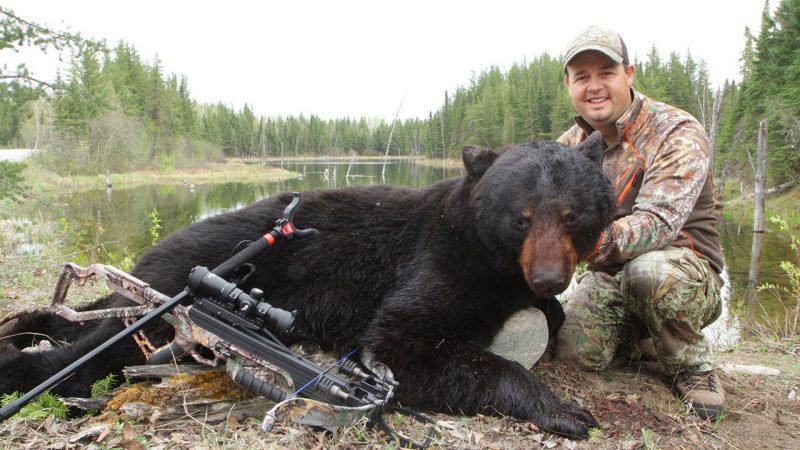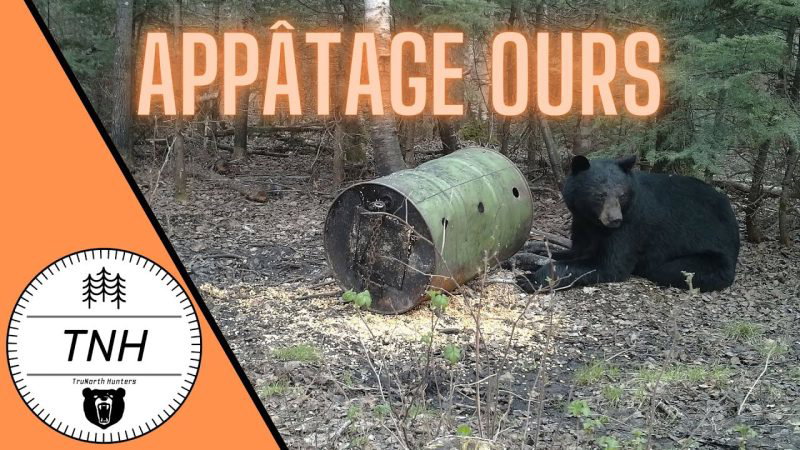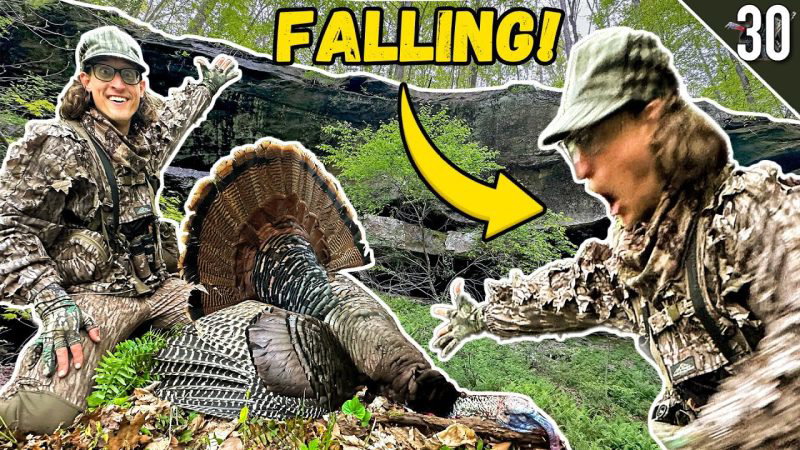Reviews
User Score
Rate This
Descriptions:
Sheffields – Efficient gardening techniques
Today we offer you a detailed guide to turning your hunting ground into a veritable moose larder using effective gardening techniques. In this column, Martin shares his tips for attracting these large mammals by specifically planting mountain maples, a highly nutritious tree species much appreciated by moose.
1. Understanding Moose Feeding and its Impact on Habitat
During the summer season, moose consume an impressive quantity of vegetation, ranging from 20 to 30 kg of leaves per day. This high consumption has a direct impact on their habitat, as moose are constantly on the lookout for areas rich in food. When the undergrowth is bare, these large cervids move to areas where vegetation is more abundant and diverse. Among the plants in demand is the famous “spicatum” maple, known for its high nutritional value.
2. The Bigleaf Maple: An Asset to Your Hunting Territory
The mountain maple is distinguished by its efficient leaves, a single leaf being equivalent to five leaves of other species in terms of nutrients. This makes it one of moose’s favorite foods. Unfortunately, this species does not always occur naturally in all areas, often due to soil composition or competition from other tree species. This is where gardening with Martin comes into its own, introducing this species to areas where it is absent to enrich the local ecosystem and attract moose.
3. Planting and Germination Techniques for European Maples
Martin shared some tried-and-tested methods for growing cob maples, even in less ideal conditions. The key is seed stratification, a natural process in which seeds go through a freezing cycle before germinating. To simulate this process at home, seeds can be placed in a freezer for about a month to six weeks before planting. This preparation is crucial for successful germination under forest cover or using cell trays for controlled sowing.
4. Soil Improvement and Planting Strategies
If the local soil doesn’t seem suitable for the natural growth of mountain maples, it’s possible to modify the soil pH with soil improvers available from agricultural cooperatives or garden centers. These modifications can make all the difference to the survival and prosperity of introduced plants. For sites where direct cultivation is uncertain, Martin recommends growing plants in small trays before transferring them to forest soil, thus increasing the chances of success.
5. Importance of Adaptation and Monitoring
Last but not least, you need to monitor the planted areas. By marking these areas on a GPS and checking periodically, you can observe the progression of growth and adjust your techniques if necessary. Adapting seeds to local conditions is crucial, and ongoing efforts can transform a barren area into a rich moose habitat.In conclusion, the targeted introduction of mountain maples into your hunting territory can not only improve the quality of food available to moose, but also increase your chances of observing and hunting them sustainably. These techniques, while requiring patience and perseverance, promise to transform your hunting experience into an even more rewarding adventure.Thanks to our partnersBrowning, Beneva, Father’s Cooker, FédéCP, Quality in, Airmedic, FédéCP, Fromagerie Victoria, Thomas Marine, Bouffe et Cie, Ecotone and Selection OenoAventure Chasse Pêche reaches a reach of over 650 K followers per week, propelling us to an average of over 1.61 million people per month on our social networks.ZONE-VIPA Customized Solution that will give you the chance to make an informed decision about your advertising placement for your business.🔗 https://www.aventure-chasse-peche.com/ZONE-VIP🔗 https://www.aventure-chasse-peche.com/zone-vip/IG🔗 https://bit.ly/3hlExmqFB🔗 https://bit.ly/3fV6S2OPIN🔗 https://bit.ly/3fSUb8uTW🔗 https://bit.ly/3NXk5od







